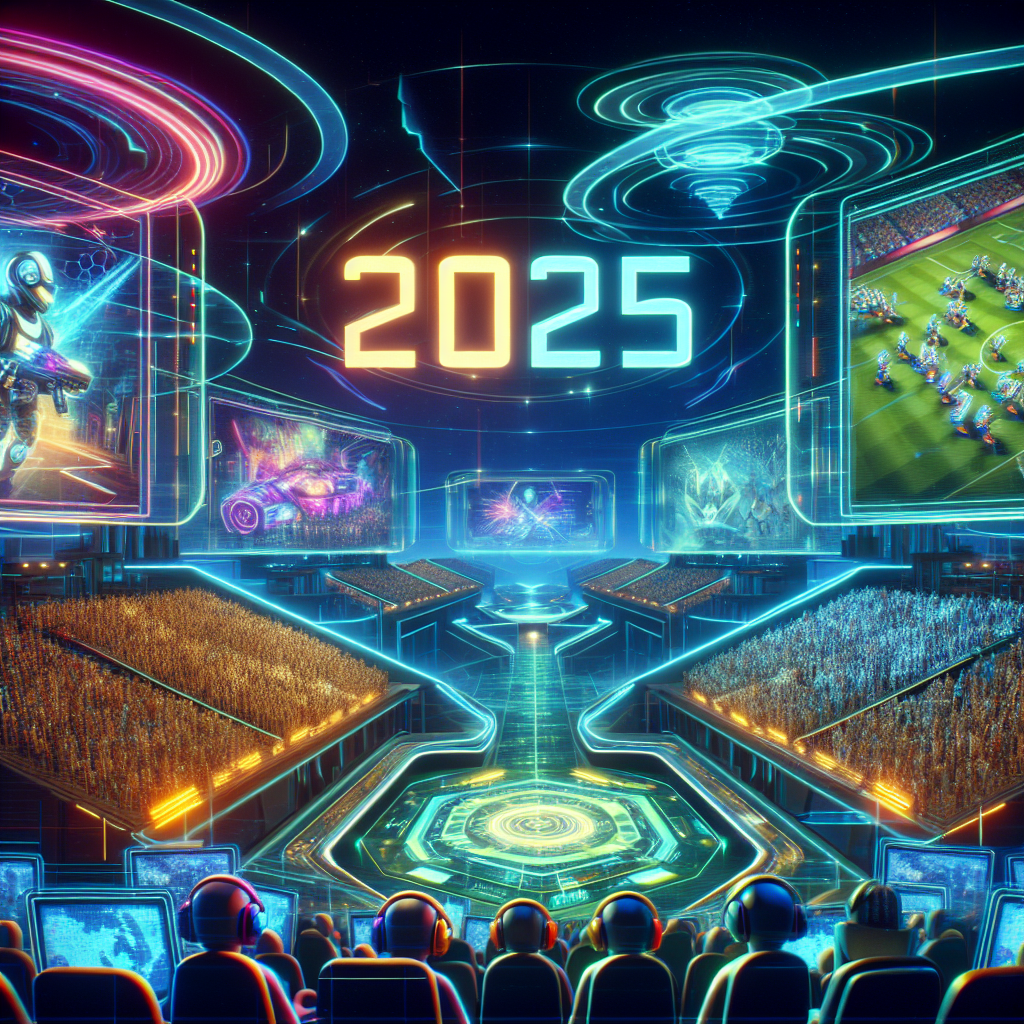Esports and Beyond: The Rise of Competitive Gaming Communities in 2025
As we step into 2025, the landscape of esports and competitive gaming has transformed dramatically, evolving from niche interests into mainstream cultural phenomena. With increased investment, technological advancements, and the burgeoning influence of community-led initiatives, the rise of competitive gaming communities has changed not just how we play and watch games, but how we connect as a global society. In this article, we explore the key factors behind this rise and the implications for the future.
The Evolution of Esports
By 2025, esports has solidified its place alongside traditional sports in terms of viewership, sponsorship, and revenue generation. Major tournaments like the League of Legends World Championship and The International for Dota 2 continue to draw millions of viewers globally, often surpassing viewership figures for traditional sports finals. The annual global esports market has surpassed $3 billion, with revenues flowing from not only advertising and sponsorship but also merchandise, ticket sales, and ticketed digital events.
A crucial development fueling this rise is the diversification of competitive games. While titles like first-person shooters and multiplayer online battle arenas (MOBAs) remain dominant, genres such as simulation games, card games, and even puzzles are being recognized for their competitive aspects. For instance, games like “Auto Chess” and the resurgence of classic card games have created a more inclusive competitive gaming environment, appealing to a broader range of audiences.
Community-Driven Growth
At the heart of this evolution is the grassroots movement that has sprung up around competitive gaming. Players of all skill levels can now find like-minded individuals through online platforms and local tournaments. Communities are no longer limited to spectating professional players; they actively engage in skill-building, organizing tournaments, and creating content that fuels the competitive spirit. Platforms like Discord, Twitch, and YouTube have become essential tools for community engagement, where enthusiasts share strategies, stream their gameplay, and celebrate victories together.
Moreover, the rise of social media has enabled communities to foster a sense of belonging that transcends geographical boundaries. Game developers have taken notice and increasingly support grassroots initiatives by providing resources, organizing community events, and even establishing amateur leagues. This approach not only nurtures new talent but also reinforces brand loyalty and long-term engagement among players.
The Role of Technology
Advancements in technology have also played a vital role in shaping the competitive gaming scene. By 2025, cloud gaming and cross-platform play have become commonplace, allowing players to compete against each other regardless of their hardware. This inclusivity has expanded accessible competition beyond traditional gaming setups, ensuring that anyone with a device and internet connection can take part.
Data analytics and artificial intelligence have become critical components of training and strategy in competitive gaming. Tools that analyze gameplay help players optimize their strategies, track performance, and identify areas for improvement. This level of personalized feedback has transformed how players prepare for competitions, shifting the focus from mere practice to strategic refinement.
The Future of Competitive Gaming Communities
Looking ahead, the future of competitive gaming communities appears bright. As demographics shift and new generations of gamers become actively involved, the emphasis on inclusivity and diversity will only grow stronger. Games that promote cooperation and social interaction are being recognized for their potential to build community, challenging the stereotype of gaming as an isolating experience.
Furthermore, with the increasing integration of virtual and augmented reality, immersive experiences in competitive gaming are likely to evolve, offering new forms of interaction among players. Imagine community events where players meet in virtual arenas, competing in real-time challenges that integrate both physical and digital elements.
Conclusion
As we navigate 2025, the rise of competitive gaming communities signals a fundamental shift in how we perceive gaming. No longer is it a solitary pastime; instead, it stands as a celebration of talent, strategy, and collaboration. With community engagement, technological advancements, and a supportive industry behind it, the world of esports is set to evolve continuously, promising exciting developments for players, fans, and the global community alike. The future holds an exhilarating landscape for competitive gaming, where anyone can be a part of the action, and communities come together to thrive in the diverse world of gaming.




